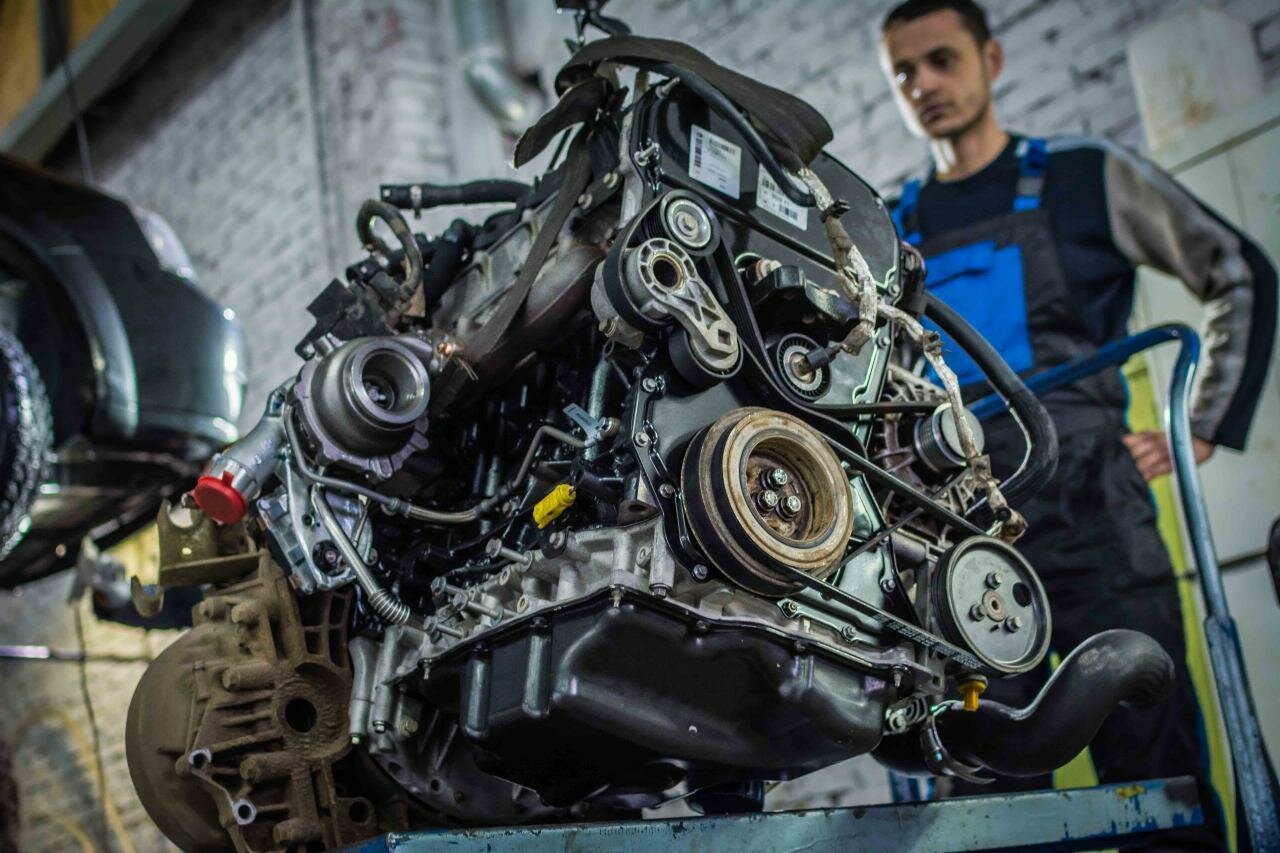Honda 3.5 i-VTEC VCM Engine Overview
History and Development
The Honda 3.5 i-VTEC VCM engine, known for its innovative Variable Cylinder Management (VCM) technology, has been a significant player in Honda’s lineup since its introduction in the early 2000s. This engine was designed to enhance fuel efficiency while maintaining performance, a dual objective that has become increasingly important in the automotive industry. The i-VTEC system, which stands for Intelligent Variable Valve Timing and Lift Electronic Control, allows for variable timing of the intake and exhaust valves, optimizing engine performance across different RPM ranges.
The VCM technology further complements the i-VTEC system by enabling the engine to deactivate cylinders under light load conditions. This means that when full power isn’t necessary—such as during highway cruising—the engine can operate on fewer cylinders, reducing fuel consumption and emissions. This was a groundbreaking approach at the time, positioning Honda as a leader in fuel-efficient engine technology.
However, despite its innovative design, the Honda 3.5 i-VTEC VCM engine has not been without its issues. Over the years, various problems have been reported by owners, raising concerns about reliability and long-term performance. These issues often revolve around the VCM system itself, leading to a growing body of anecdotal evidence and technical discussions among automotive enthusiasts and professionals alike. Understanding these problems is crucial for current and prospective owners, as they can significantly impact the overall driving experience and maintenance costs.
In this article, we will delve into the specific problems associated with the Honda 3.5 i-VTEC VCM engine, examining the common issues reported by users and the implications for safety and reliability. By shedding light on these concerns, we aim to provide a clear picture of what to expect from this engine, allowing owners to make informed decisions regarding maintenance and potential repairs.
Common Issues with the Honda 3.5 i-VTEC VCM Engine
The Honda 3.5 i-VTEC VCM engine has garnered a reputation for its advanced technology and fuel efficiency. However, it is essential to address the problems that have emerged over the years. Below, we will explore the most common issues associated with this engine, providing insights into their causes and potential consequences.
1. Cylinder Deactivation Problems
One of the most significant features of the Honda 3.5 i-VTEC VCM engine is its ability to deactivate cylinders to improve fuel efficiency. However, this system can malfunction, leading to several issues:
-Rough Idling: When the VCM system fails to deactivate or reactivate cylinders properly, it can cause the engine to idle roughly.
-Loss of Power: Drivers may experience a noticeable loss of power during acceleration, particularly when the engine is supposed to switch back to full cylinder operation.
-Increased Fuel Consumption: Ironically, a malfunctioning VCM can lead to increased fuel consumption instead of the intended efficiency.
2. Oil Consumption Issues
Many owners have reported excessive oil consumption in the Honda 3.5 i-VTEC VCM engine. This can be attributed to several factors:
-Worn Piston Rings: Over time, piston rings may wear out, allowing oil to seep into the combustion chamber.
-Valve Seal Failure: Deteriorating valve seals can also contribute to oil consumption, leading to blue smoke from the exhaust.
3. Timing Belt and Chain Concerns
The timing belt or chain is crucial for synchronizing the engine’s components. Problems with these components can lead to severe engine damage:
-Timing Belt Wear: If the timing belt is not replaced at recommended intervals, it can wear out, potentially leading to a catastrophic engine failure.
-Chain Stretch: In engines with timing chains, stretching can occur, resulting in misalignment and performance issues.
4. Transmission Issues
While not directly related to the engine itself, transmission problems can exacerbate the experience of driving a vehicle equipped with the Honda 3.5 i-VTEC VCM engine:
-Slipping Gears: Some drivers report slipping gears, which can be frustrating and dangerous.
-Delayed Engagement: A delay in the transmission engaging can lead to a lack of responsiveness when accelerating.
Top views |
|
|---|---|
 |
Oil, Timing Chains, Pistons: What Really Kills an Engine Prematurely? |
 |
How to Choose a Car with a Reliable Engine: Used Car Market Hacks That Actually Work |
Symptoms and Consequences
Understanding the symptoms associated with these problems is crucial for early detection and prevention of further damage. Below is a table summarizing common symptoms and their potential consequences:
| Symptom | Possible Consequence |
|---|---|
| Rough idling | Increased wear on engine components |
| Loss of power during acceleration | Potential safety hazard in traffic |
| Excessive oil consumption | Engine damage due to insufficient lubrication |
| Blue smoke from exhaust | Increased emissions and potential environmental impact |
| Slipping gears | Transmission failure and costly repairs |
| Delayed engagement | Reduced vehicle responsiveness and safety concerns |
In summary, while the Honda 3.5 i-VTEC VCM engine offers advanced technology and fuel efficiency, it is not without its share of problems. Understanding these issues and their symptoms is essential for maintaining the engine’s performance and longevity.




0 Comments